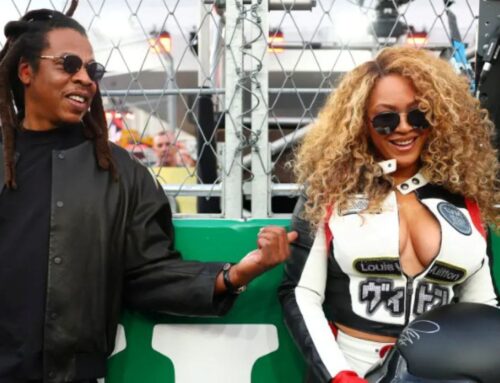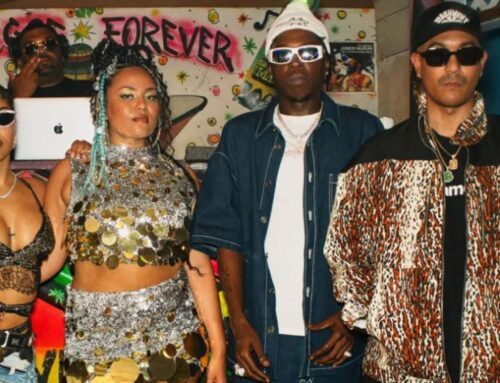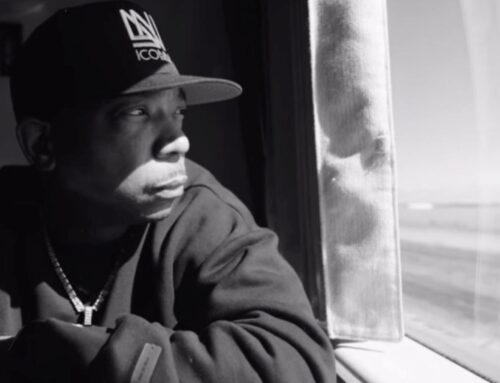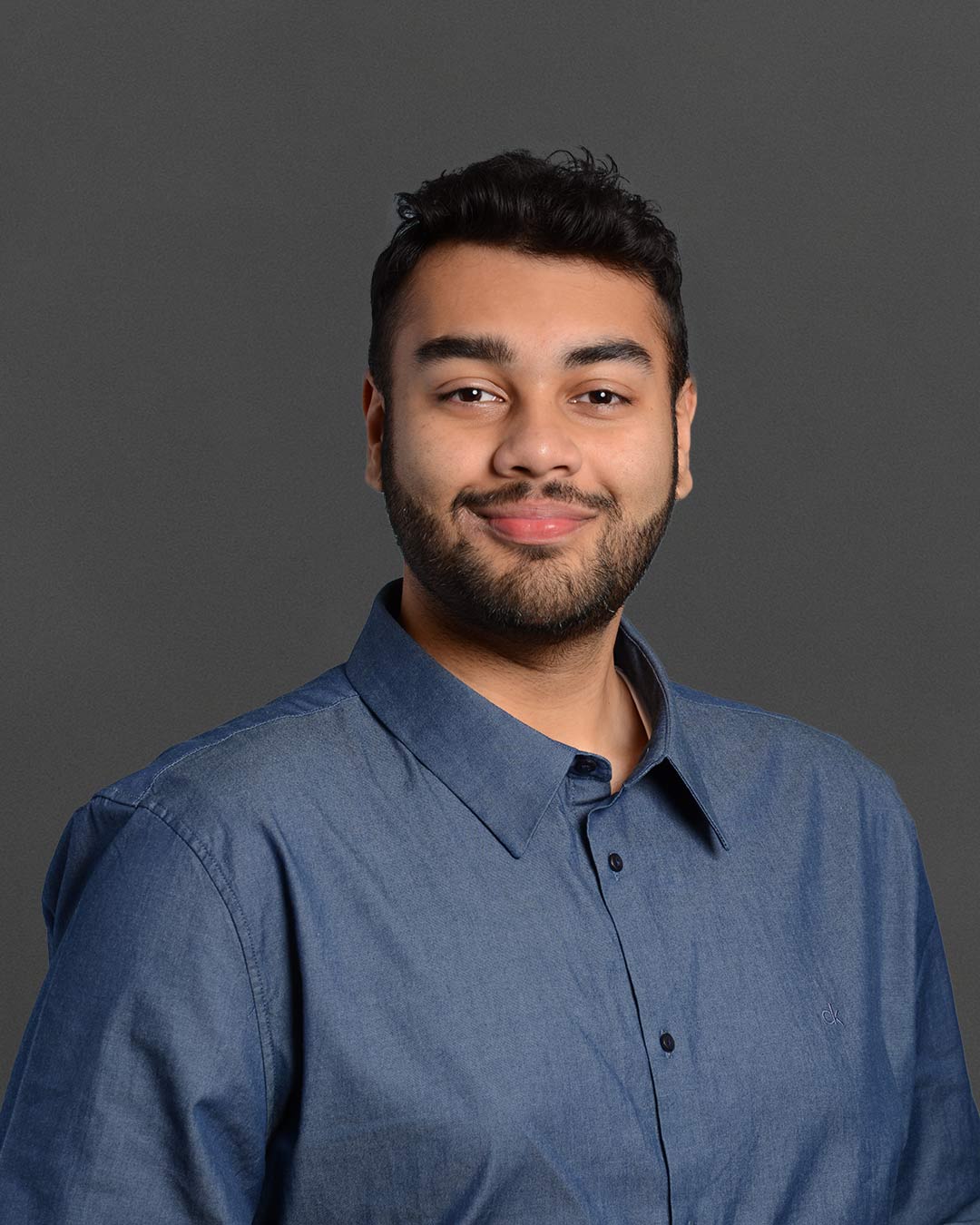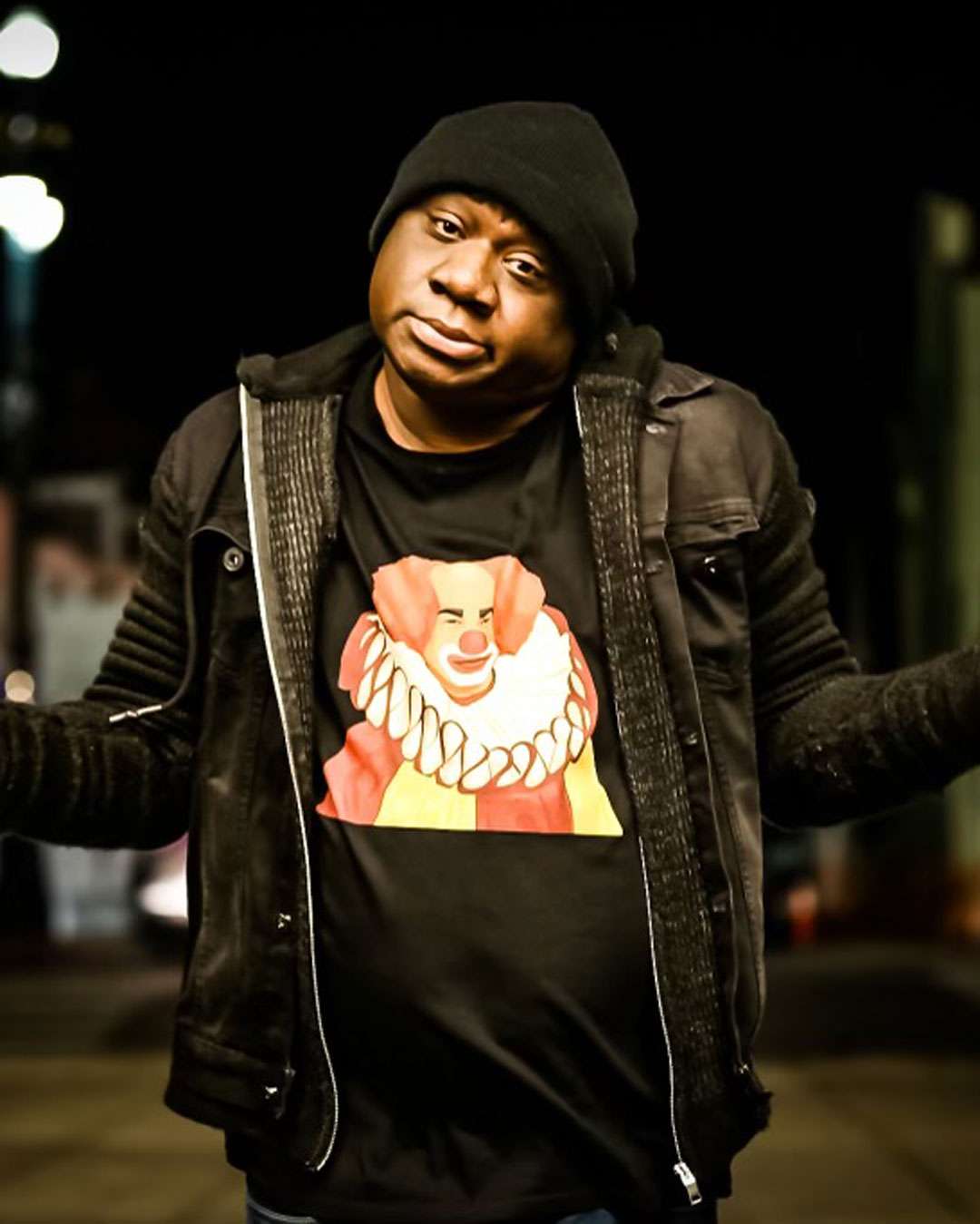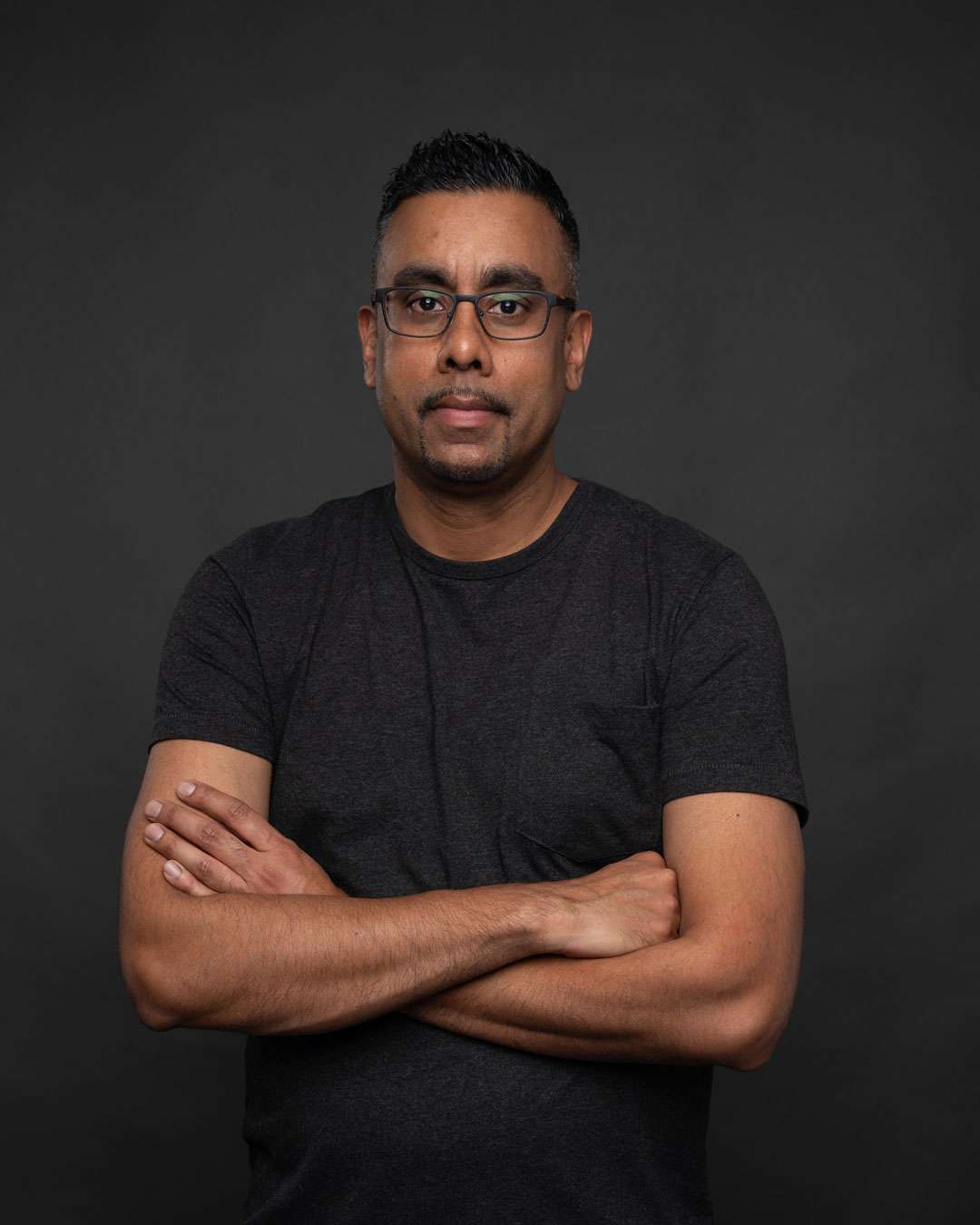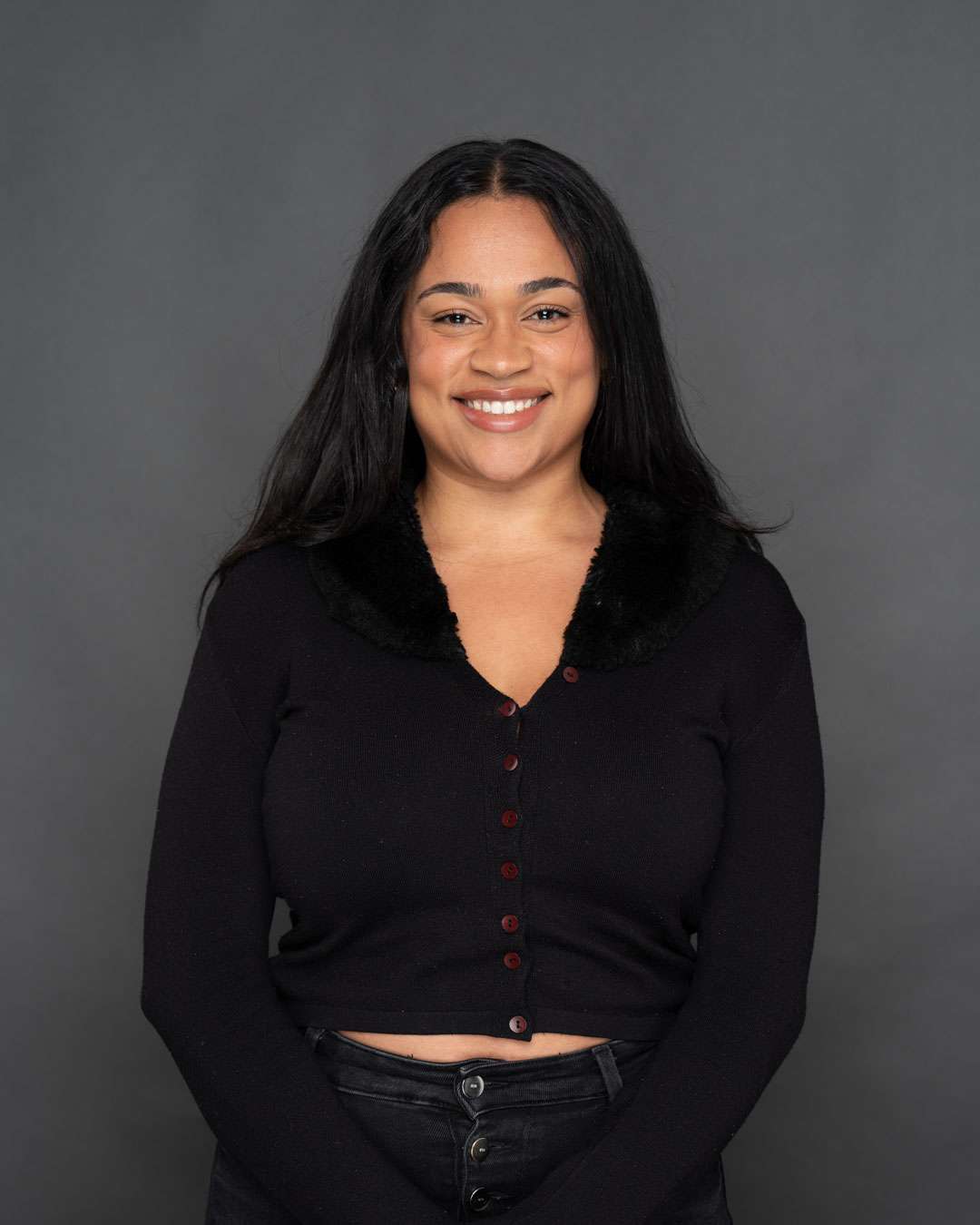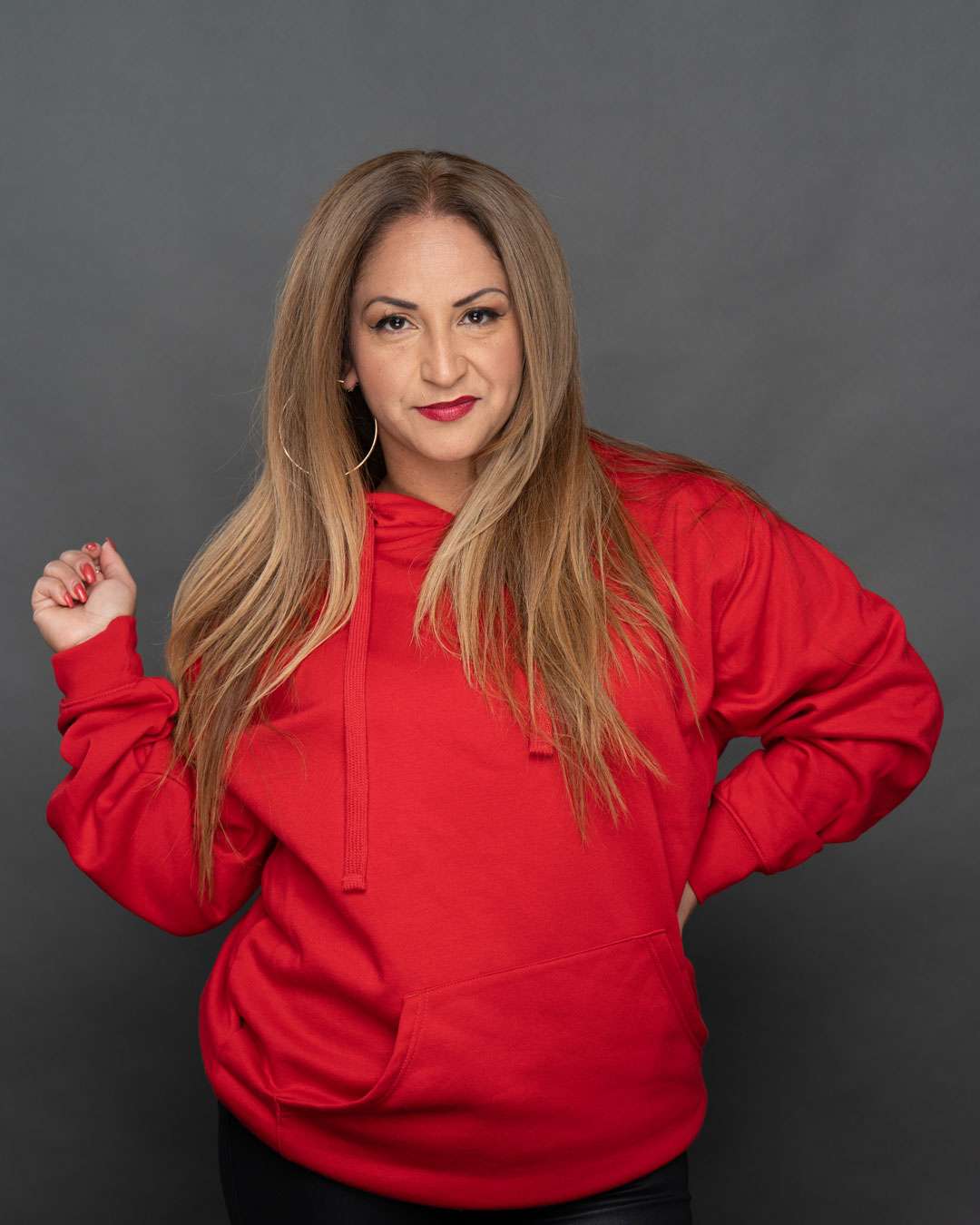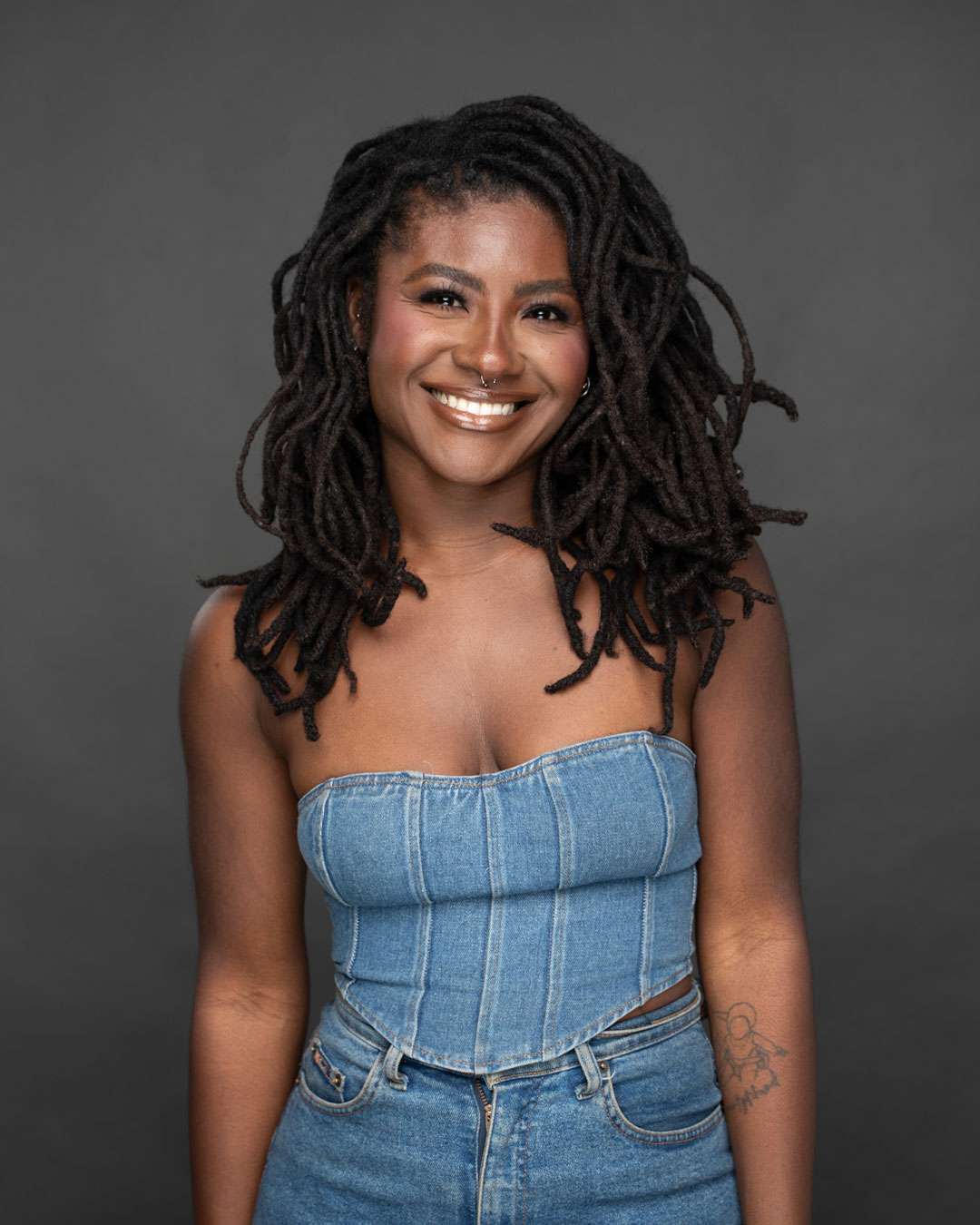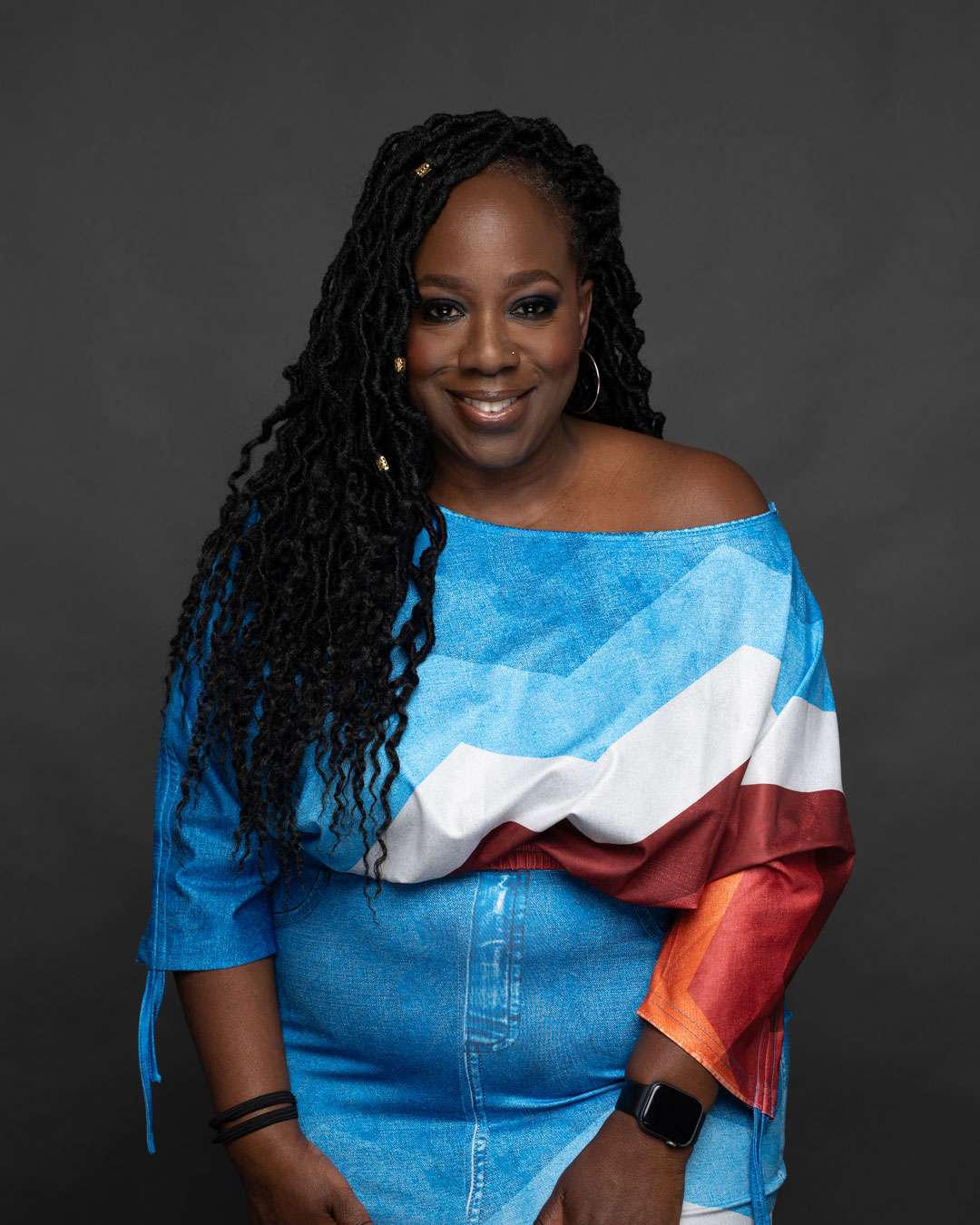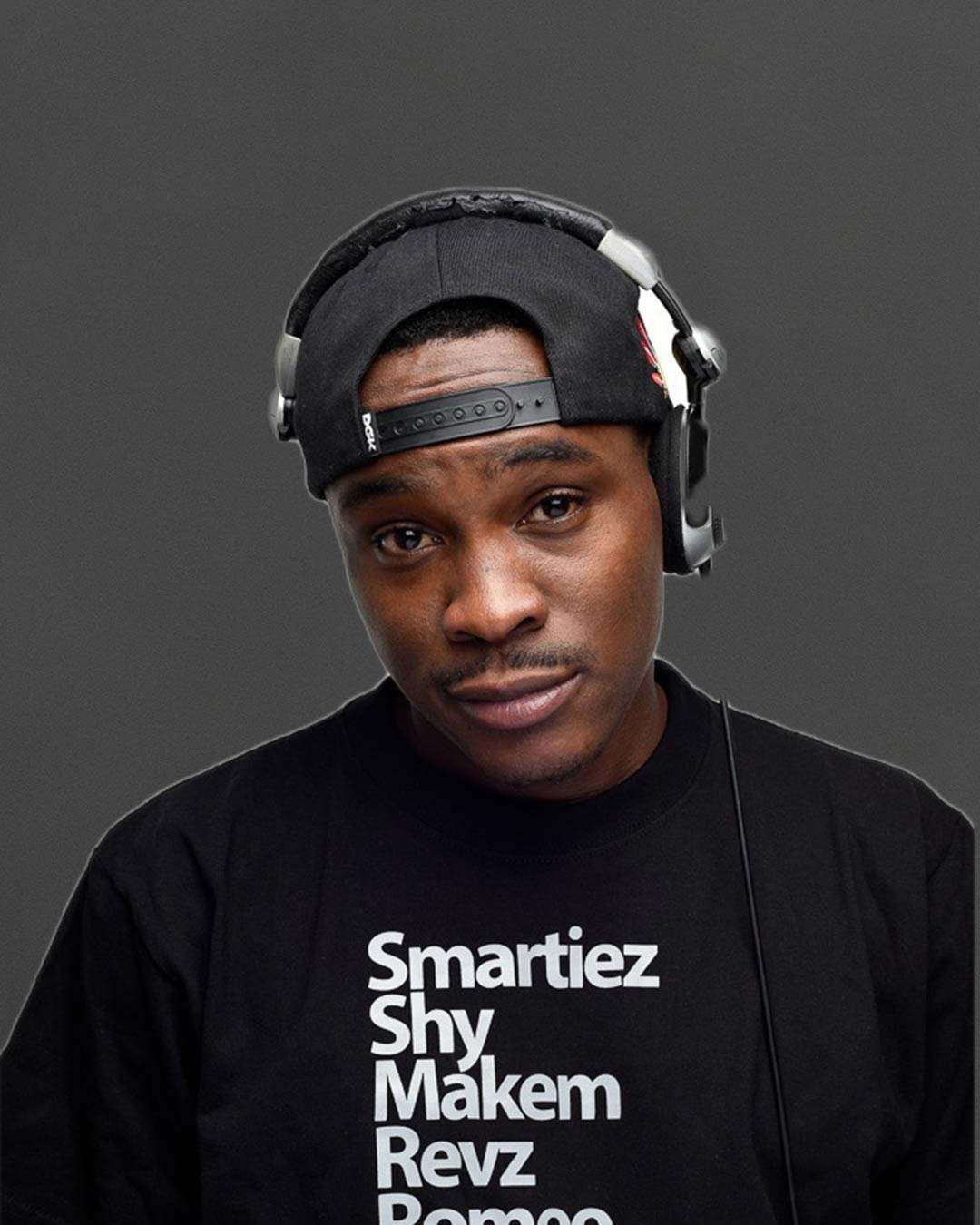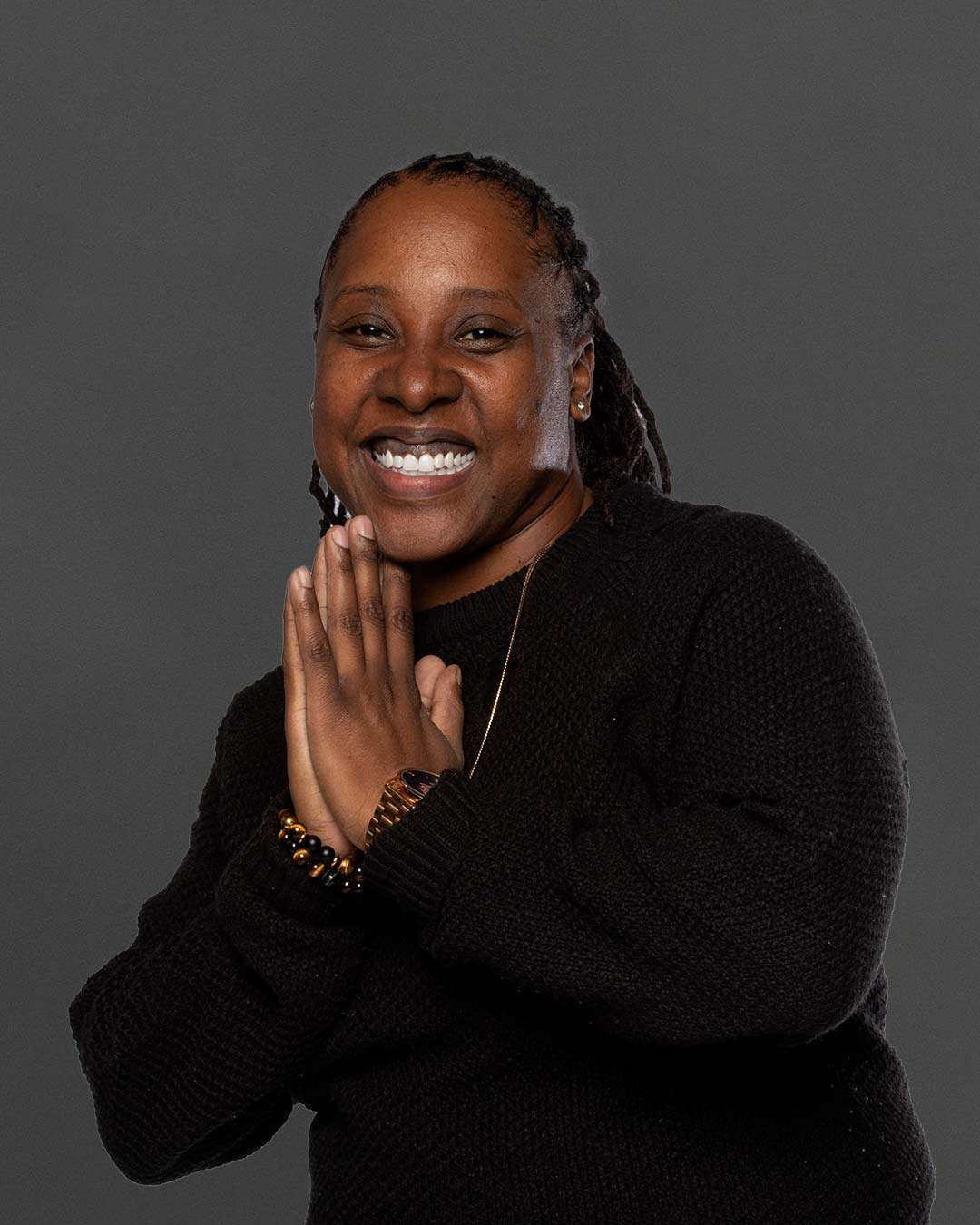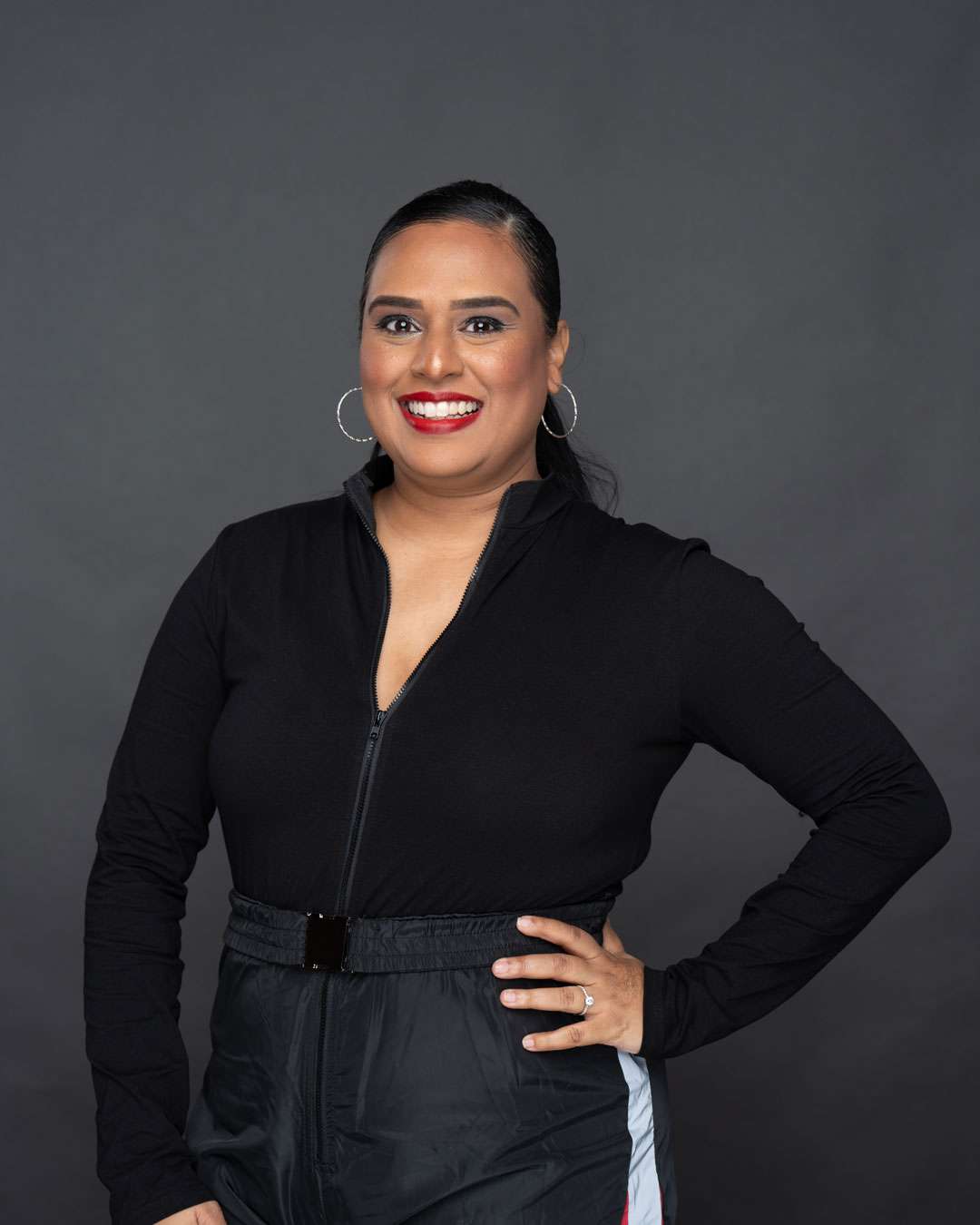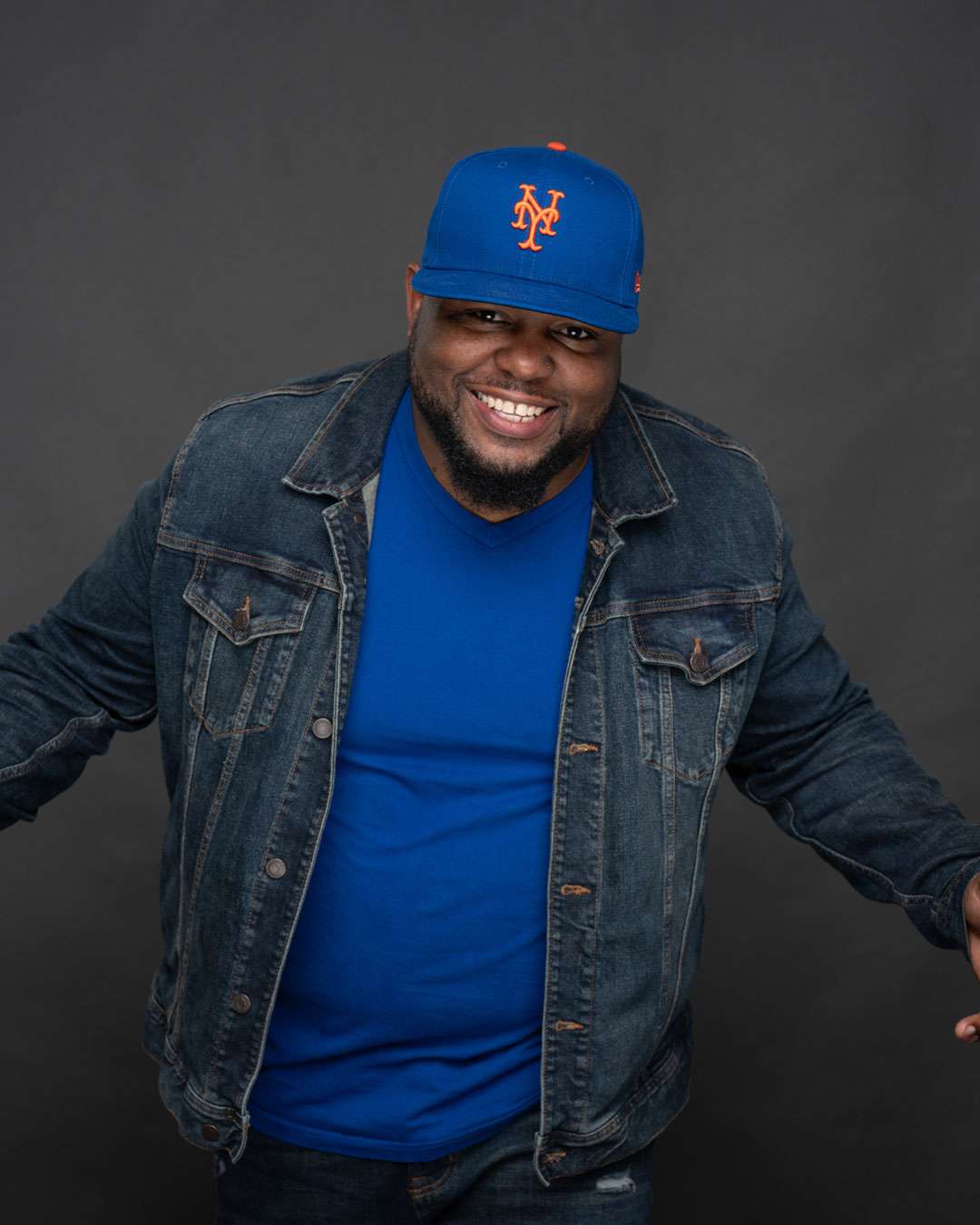Complex compiled their list of the best albums of the 21st Century…From Drake’s “Take Care” and Jay-Z’s “The Blueprint” to Kanye West’s “My Beautiful Dark Twisted Fantasy” to Rihanna’s “Anti”, these are the best albums since 2000.
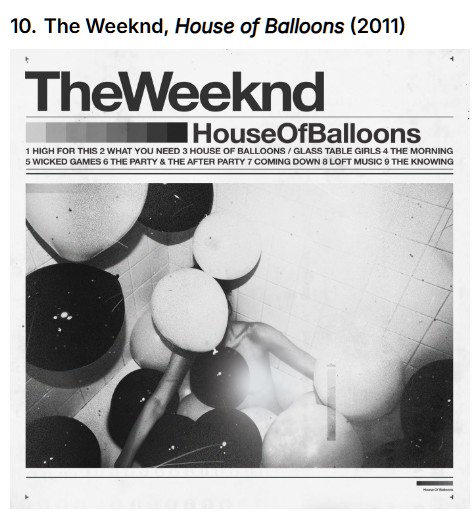
If House of Balloons sounds like the most disorienting afterparty you’ve ever been to, it’s probably because that’s exactly the tone The Weeknd wanted to set. As the antithesis of the early-2010s wave of EDM-infused R&B, Abel Tesfaye cut through the noise with boozy, shadowy tracks steeped in carnal nighttime pleasures and morning-after regrets. Drake was an early supporter; The Weeknd’s melancholic sound was a clear reference point for Drizzy’s sophomore album, Take Care. And for Gen Z listeners who missed the Tumblr era of obscure music finds, The Weeknd’s moody production and apathetic delivery were more than enough to ignite his core XO fanbase.
On his debut mixtape, The Weeknd tantalizes and yearns through the smokiness of “What You Need.” On “House of Balloons/Glass Table Girls,” he revels in debauchery that would make Caligula gasp. By “The Party & The After Party,” he’s so consumed by his own insatiable desires that paranoia creeps in. House of Balloons was not only our introduction to The Weeknd but it also redrew the boundaries of what mainstream pop could sound like. —Jaelani Turner-Williams
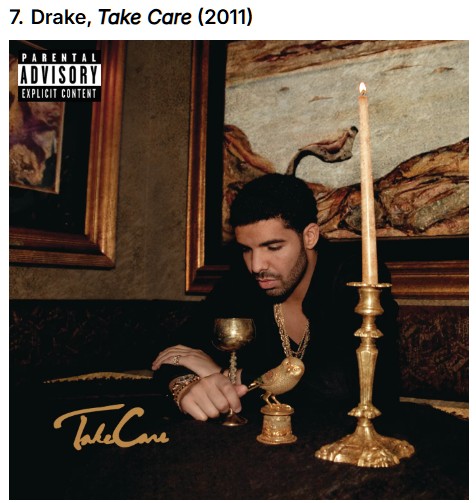
Drake’s Take Care in one stanza:
”You won’t feel me ’til you want it so bad you tell yourself you’re in it/ And tell the world around you that your paperwork is finished/ And steal your mother’s debit cards so you maintain an image/ And ride around in overpriced rental cars that ain’t tinted.”
The opening bars of the second verse on “The Ride” are aspirational, intentional, and arrogant in a way that only someone who faked it till they made it could pull off. Above all else, they’re honest. (Drake rented a Rolls-Royce Phantom for $5,000 a month to “maintain an image” when he was grinding in 2007.) What makes Take Care—and most of Drake’s run in the early 2010s—so impressive is that he wasn’t afraid to embrace even the embarrassing moments of the come-up.
His sophomore LP is about the moment when desire meets attainment, an outsider from Toronto forcing his way through hip-hop’s door while still singing through his heartaches. No other rapper could have a “Marvin’s Room,” “HYFR,” “Look What You’ve Done,” and “Headlines” all on the same album and make it work. But Drake embraced the road it took to become Drake, and Take Care captures him living in the ride to rap’s mountaintop. —Jordan Rose
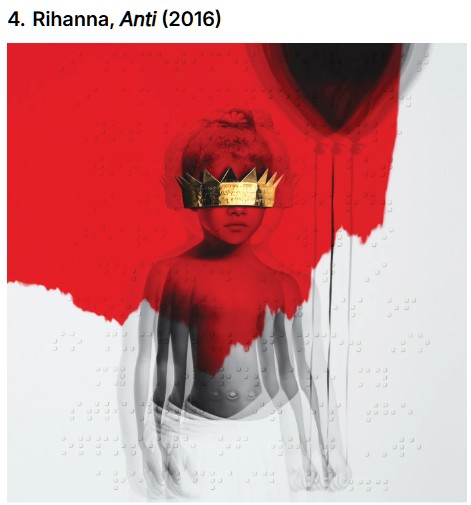
Who needs R9 when you have Anti?
Up until her eighth studio album, the Bajan R&B-pop powerhouse had been unstoppable, delivering back-to-back eras that matched her ever-changing hairstyles—evolving from a good girl to a ‘bad gal’ while racking up hit after hit. By the time Anti arrived, Rihanna had little left to prove and everything to express.
She made her stance clear on the skittering, SZA-penned “Consideration,” signaling the emotional range she would explore. She surrendered to desire on the island-infused “Work.” On the edgy “Desperado,” she questions whether a stormy relationship is worth the struggle. And with Mustard-produced “Needed Me,” she delivered an iconic kiss-off, illustrating her natural command.
Despite six Grammy nominations, Anti won no awards, which may explain why Rihanna isn’t rushing to release another full-length album. Even so, it marked her first step in a bold, undaunted direction, showcasing an artist unafraid to redefine herself. —Jaelani Turner-Williams
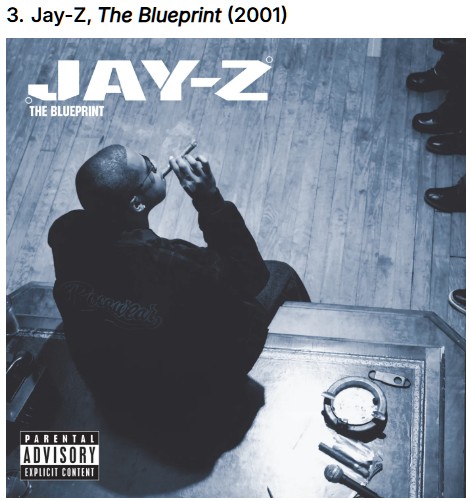
Released on 9/11, Hov’s fifth proper solo album is a historic feat of cohesion, craft, and persona
Depending on the track, HOV could make a stabbing charge look like Nelson Mandela martyrdom (“The Ruler’s Back”) or a rebel theme song a journey through a hustler’s soul (“Renegade”). Here, he distills ghetto and celebrity ecosystems into tightly wound couplets that were as detailed as they were meticulously rhymed.
And then the hooks were simultaneously fun and symbolic enough to be eternal. And Just Blaze and Kanye West simply made the hardest beats you’d ever heard in your life. And Jay connected it all with the best kind of self-mythology; real stakes with the winking wit to conjure a hero’s defiance: “Mr. District Attorney, I don’t know if they told you/I’m on TV every day—where the fuck could I go to?”
Playing “U Don’t Know” in Madison Square Garden is as singularly American as a triple cheeseburger and an extra large Coke. Like Avatar Aang, 2001 Hov had mastered all of the elements; he could make a rhyme burn and a hook soar. A song cry. Literally speaking, a blueprint is supposed to be a set of schematics that make a construction systematically replicable. With its blend of the best rapping and the best choruses and the best beats and the best story arc, this set of building plans is one only Hov could execute. —Peter A. Berry
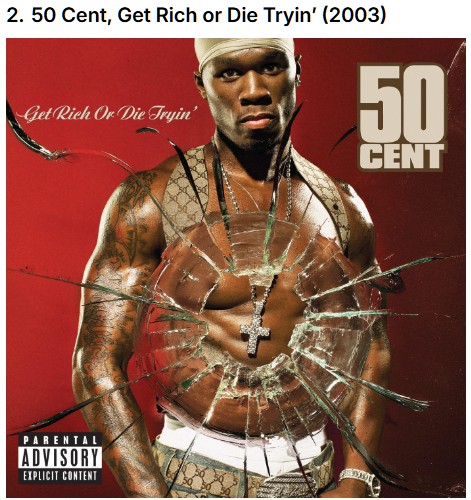
This asshole, this incredible writer of songs with a God-given gift for melody, can’t open his mouth without pissing off another powerful person. He named himself after a stickup kid, so why wouldn’t he make a whole song calling out individual rappers and robbing them?
He’s from Queens, so why not air all the Supreme Team’s dirty laundry on a song that names names and will eventually get him shot nine times? 50 Cent survives the shooting and, more miraculously, his career does too. His rise is worthy of Dumas, which he pulls off by simply upending the major label system, completely reimagining the facility of what a rap mixtape is, what it can be, and what it can do for your career along with two childhood friends, one of whom just happens to end up being the best punchline rapper of the aughts…and Tony Yayo.
But 50’s most subversive act is his debut album, a near perfect exercise in turning the rap LP into a workshopped, focus-grouped, four quadrant smash. The Southern-flavored anthem, the New York his-and-her-kicks R&B anthem, the street anthem, the club anthem—it all worked, by the sheer force of 50’s talent selling 12 million copies and convincing the rap industry that not everyone can produce a cut diamond effort like The Blueprint, so maybe better to throw a bunch of hits together. — Abe Beame
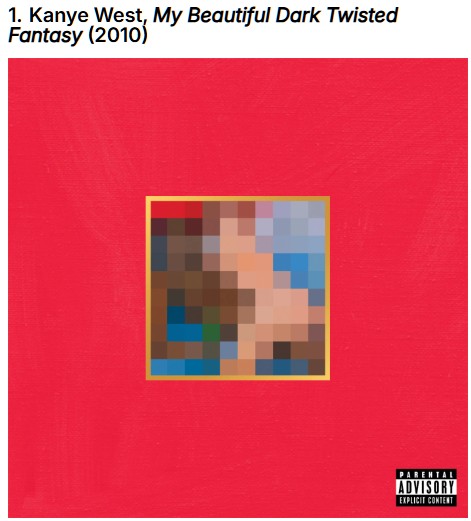
How ridiculous. The origin story of the greatest album of the last 25 years began with a Hennessy-fueled moment of fury at a B-list award show, and the backlash that followed. Yet greatness often emerges from adversity. After Ye infamously interrupted 19-year-old Taylor Swift’s Best Female Video acceptance speech at the 2009 VMAs, the rapper went into a self-imposed exile in—of all places—Oahu, Hawaii. What emerged was a perfect album.
And yes, My Beautiful Dark Twisted Fantasy is indeed perfect—an album so rich with texture, packed with ambition, and obsessively detailed that every string selection, drum pattern, keyboard note, synth line, and verse feels meticulously labored over. It’s the album you get when you have $3 million from Def Jam to burn—and the foresight and pull to bring together the younger figures who inspire you (Kid Cudi, Big Sean), the contemporaries who push you (Pusha T, Rick Ross), and the OGs who helped build you (Q-Tip, RZA) in one room. It’s a collection of rap talent so great you could have taken a “great day in Oahu” picture.
From there, Ye and co. built a maximalist masterpiece: a modern-day album that used ’90s boom-bap as its foundation, layering all the lessons Kanye had learned over the years: the chip-on-the-shoulder energy of The College Dropout, the cinematic textures of Late Registration, the anthem-making of Graduation, and the intensity of 808s & Heartbreak.
The flourishes get more audacious as the album progresses: the choir and strings on “Dark Fantasy,” the extended outro on “Power,” the monumental horns on “All of the Lights,” that fucking electric guitar solo on “Devil in a New Dress,” back-to-back posse cuts where he lets the rookies—Nicki Minaj and Cyhi the Prynce, respectively—take the spotlight.
There is some irony in this being the best album of the century. In many ways, it signals the last capital-A rap album. Some artists have tried: good kid, m.A.A.d city had a similar singular focus but lacked spectacle; Drake’s Take Care shared a sense of flourish but not the same tightness; Dr. Dre’s Compton had the resources but not the songs. These were mostly outlier attempts. As the decade progressed, albums became more indebted to the freewheeling mixtapes of the 2000s—looser, more like collections of experiments than cohesive visions. Even Kanye himself embraced this shift. After creating a blockbuster, he went smaller and more abstract with Yeezus, then entered full-on obsessive mad-science mode on The Life of Pablo. And he less said about post-2016 Kanye, the better.
But My Beautiful Dark Twisted Fantasy stands as the ultimate Ye album: the artist of the century at the peak of his power. Kanye would later describe it as an apology of sorts for all the VMAs bullshit, but it really feels more like a defiant “how dare you.” —Dimas Sanfiorenzo
View this post on Instagram
See the entire list here: https://www.complex.com/music/a/dimassanfiorenzo/best-albums-of-the-21st-century


